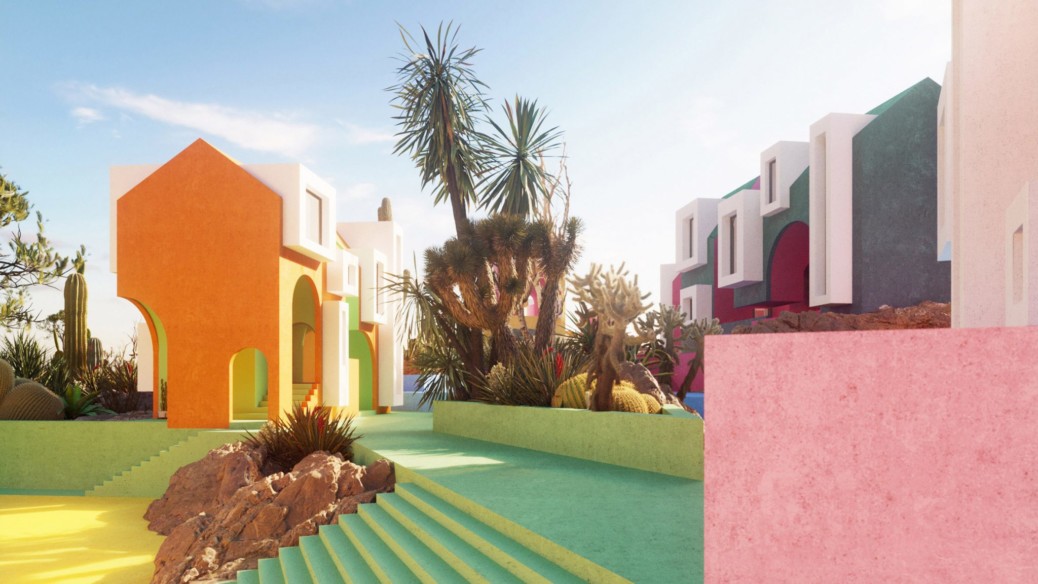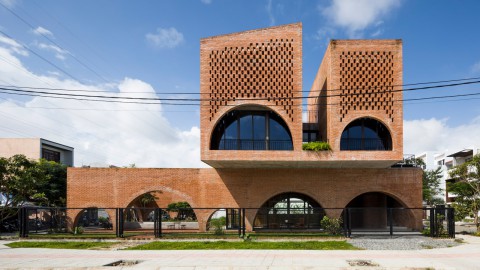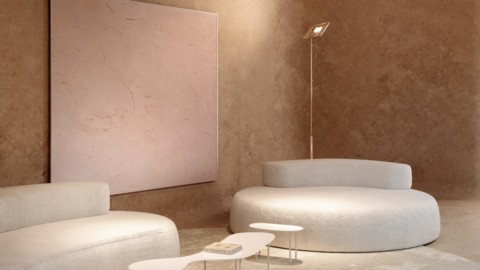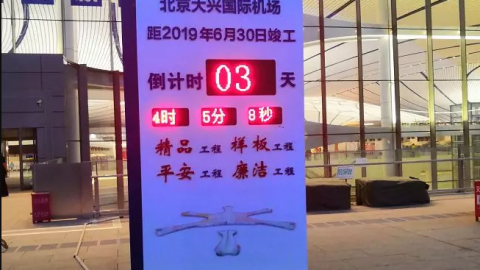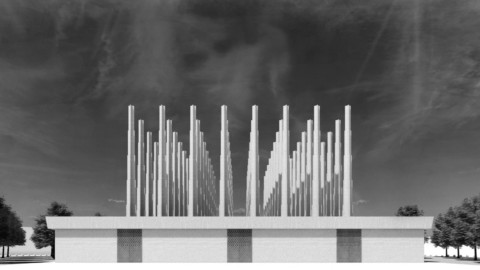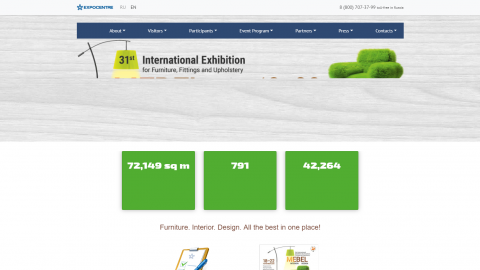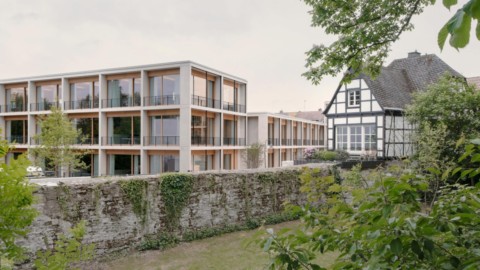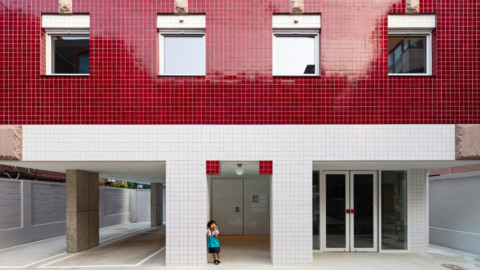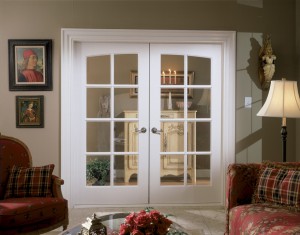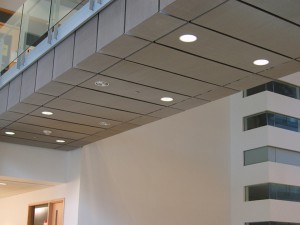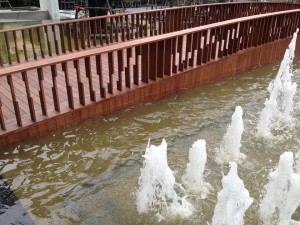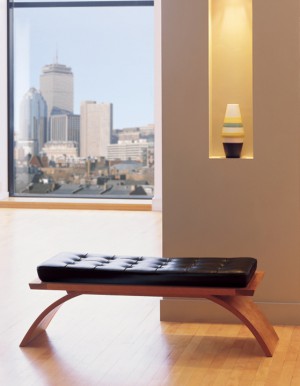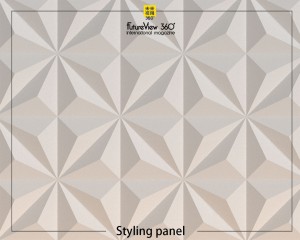Moscow designers Davit and Mary Jilavyan spent the coronavirus lockdown creating renderings of an imaginary community in Mexico with two-toned buildings and streets dotted with cacti and swimming pools.
Architect Davit and designer Mary created the computer images during the Covid-19 pandemic for a community in a nondescript, arid site with hills incorporated into the property.
莫斯科的設計師戴維特(Davit)和瑪麗·吉拉維安(Mary Jilavyan)用冠狀病毒封鎖了墨西哥一個虛構社區的效果圖,該社區有兩層色調的建築物,街道上點綴著仙人掌和游泳池。
建築師戴維特(Davit)和設計師瑪麗(Mary)在Covid-19大流行期間為一個社區創建了計算機圖像,該社區位於一個無描述的干旱地點,山丘被納入了該物業。
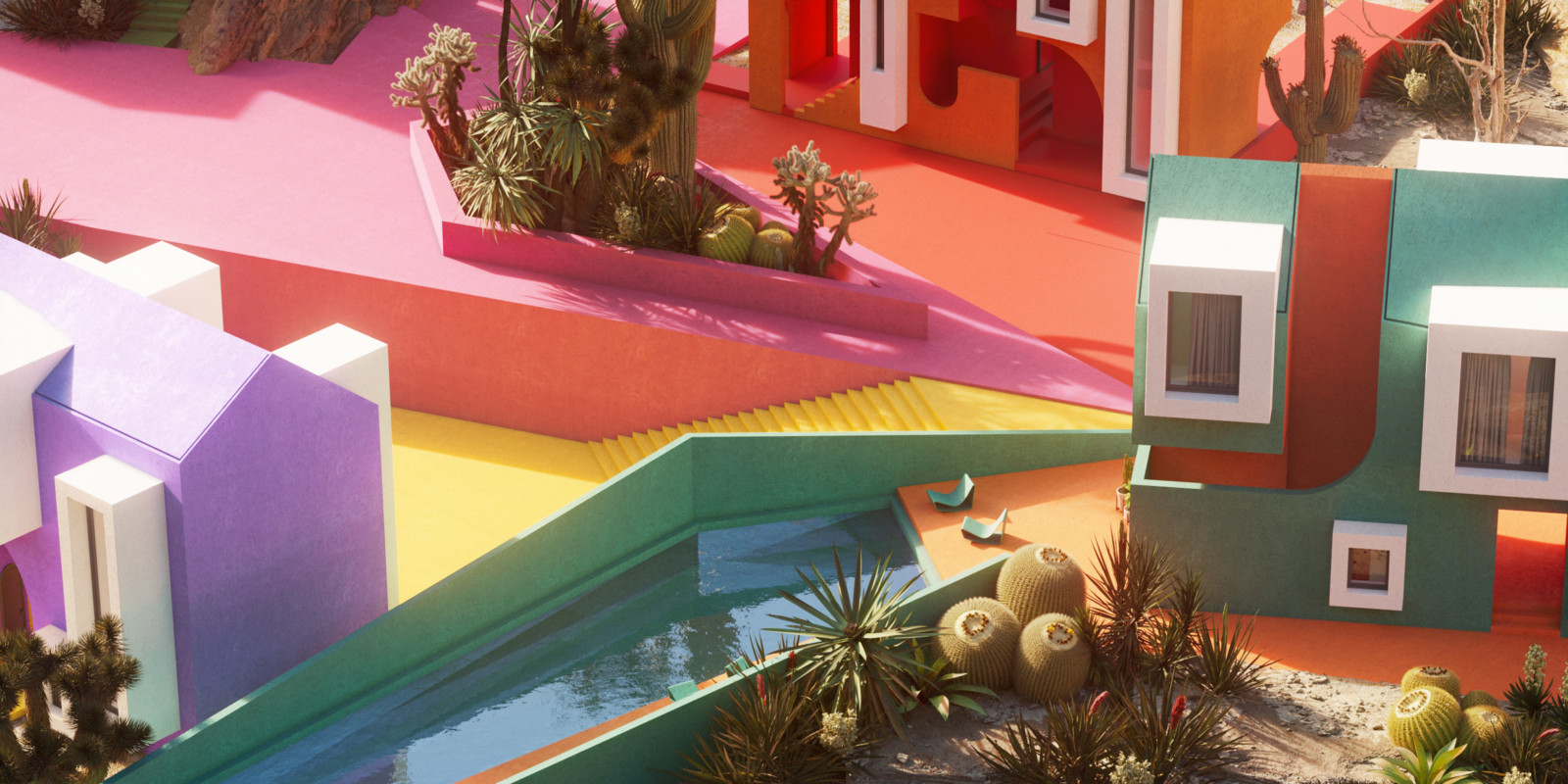
The buildings feature bright pink, green, orange, blue and yellow exteriors that take cues from works by Mexican architect Luis Barragán and Spanish architect Ricardo Bofill, who are both known for their use of bold colours.
The images show that as the sun rises and sets across the landscape, the colours of the town change in saturation and hue.
建築物的外牆採用明亮的粉紅色,綠色,橙色,藍色和黃色,其靈感來自墨西哥建築師路易斯·巴拉甘(LuisBarragán)和西班牙建築師里卡多·波菲(Ricardo Bofill)的作品,他們均以大膽的色彩著稱。
圖像顯示,當太陽升起並落在景觀上時,城鎮的顏色會在飽和度和色調上發生變化。
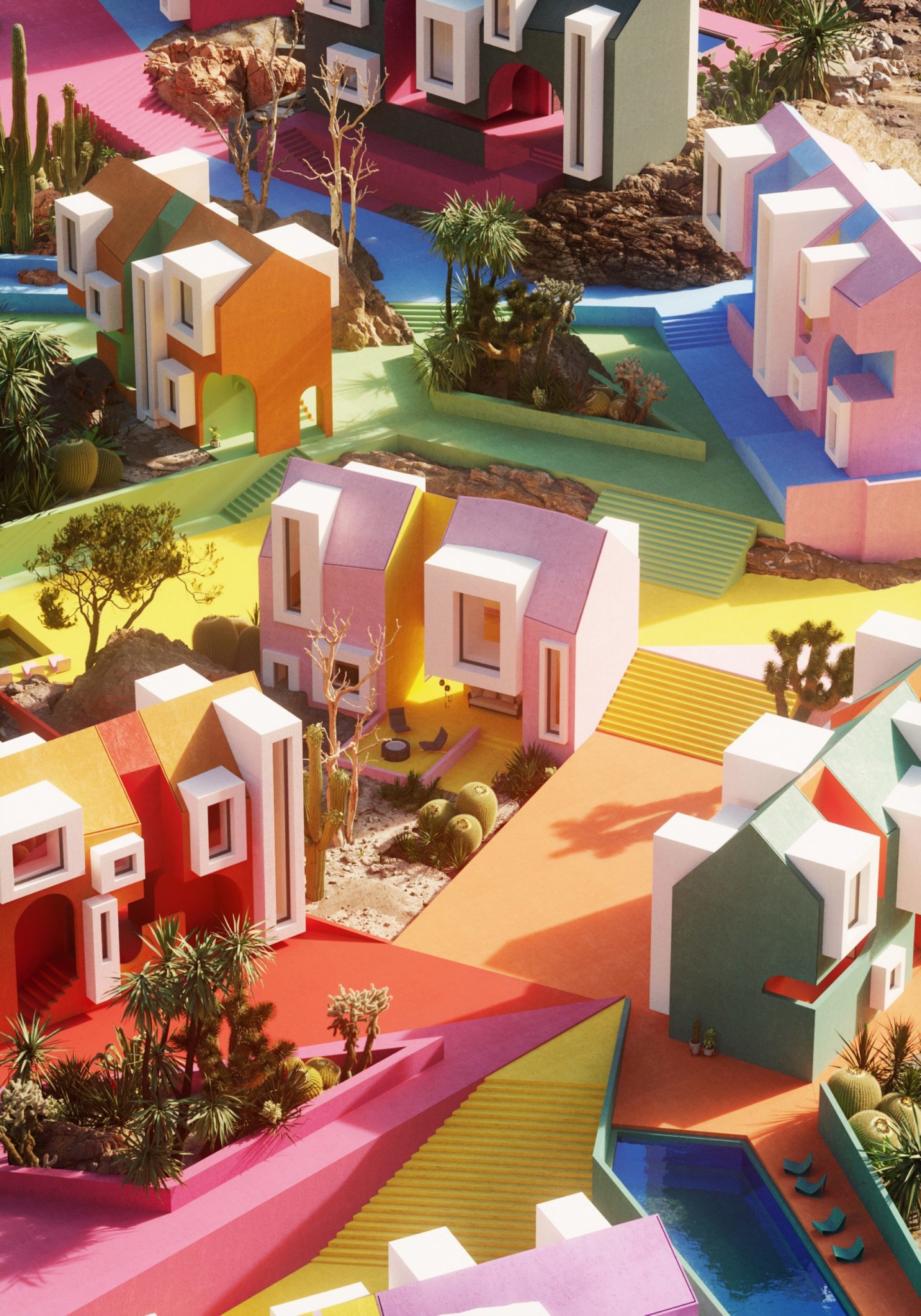
Many of the houses are two- or three-storeys, and walkways meander around barrier walls and boulders that are planted with cacti and flowers bushes. Home at the perimeter have views to the rocky desert and horizon beyond.
“In Sonora Art Village there is no clear system, the houses are located chaotically, each house has its own colourful path,” Davit and Mary Jilavyan said. “Some houses are higher, some are lower, so the village has a lot of small stairs, which makes it feel like you’re going up and down in a game like Super Mario.”
許多房屋為兩層或三層,人行道蜿蜒繞過種植仙人掌和花草的障礙牆和巨石。 周邊的家可欣賞到多岩石的沙漠和遠處的地平線。
戴維特和瑪麗·吉拉維揚說:“在索諾拉藝術村,沒有清晰的系統,房屋位置混亂,每個房屋都有自己的多彩小徑。” “有些房子較高,有些較低,因此該村莊有很多小樓梯,讓人感覺就像在超級馬里奧這樣的遊戲中上下移動。”
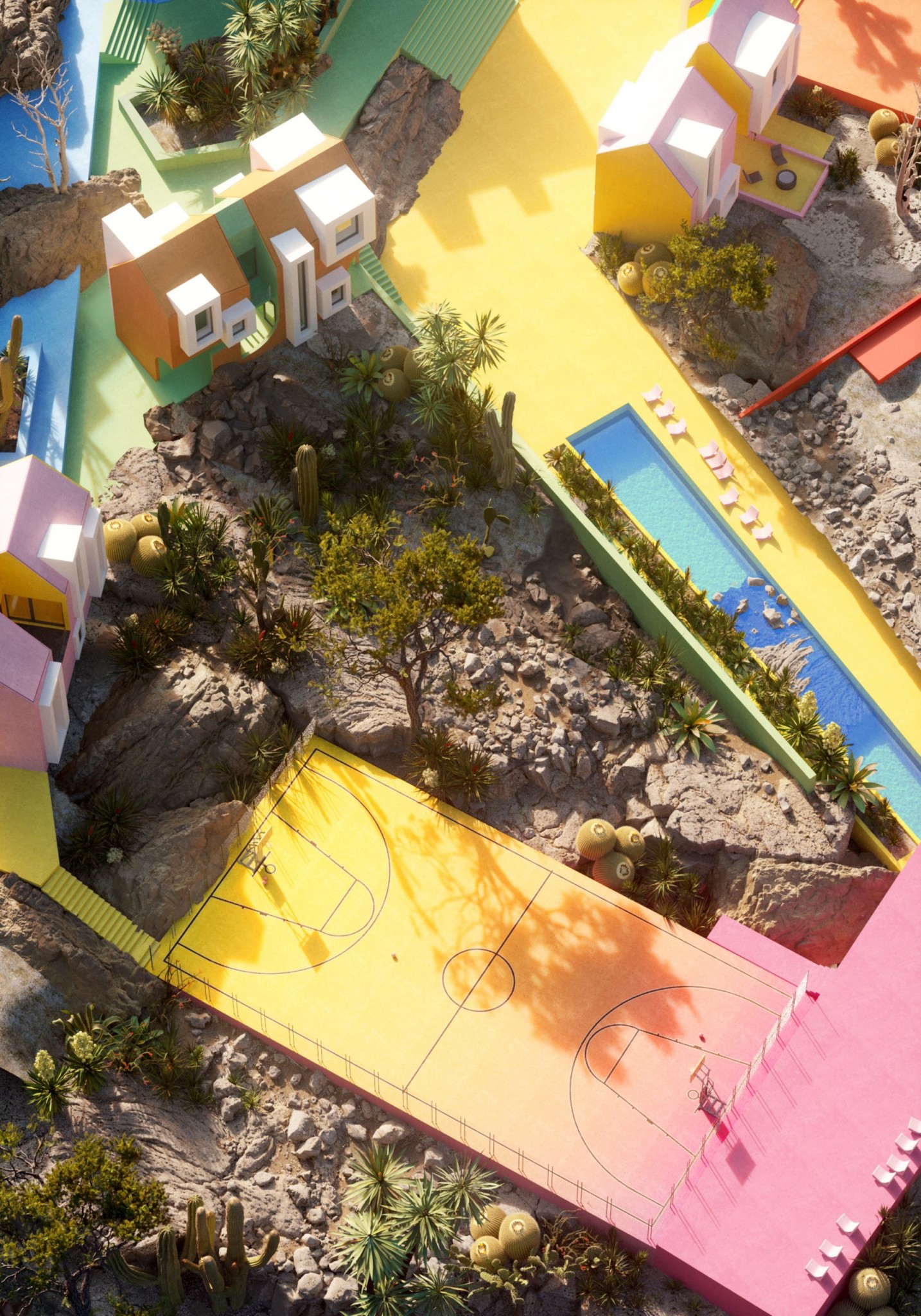
Arches, passageways and overhanging volumes add to the geometry of the concept, while zig-zagging pathways and steps pass by the homes and link them together for a walkable scheme. Plazas, lounge areas, outdoor swimming pools and basketball courts round out the proposal.
The Jilavyans created the imaginary Sonora Art Village while in coronavirus lockdown in Moscow and said the project’s brightness and creativity give them a sense of relief and happiness.
拱門,通道和懸挑的體積增加了概念的幾何形狀,而蜿蜒曲折的小路和台階則經過房屋,並將它們連接在一起,形成一個適合步行的方案。 廣場,休息區,室外游泳池和籃球場完善了該提議。
吉拉維安人在莫斯科被冠狀病毒封鎖期間創建了一個想像中的索諾拉藝術村,並說該項目的亮度和創造力使他們感到輕鬆和幸福。
“Sitting in self-isolation, surrounded by four walls, it occurred to us to create a whole village from houses like Sonora House,” the duo added. “We wanted to create a place where people can come and feel for a while in a completely different place, far from the grey reality, to feel in some bright 3D space or even a cartoon.”
Aside from the isolation they experience currently and the sense of community the project provides, the design also offers a feeling of freedom.
二人補充說:“坐在四面牆包圍的自我隔離中,我們想到了用索諾拉之家這樣的房屋來創建整個村莊。” “我們希望創建一個人們可以在一個完全不同的地方來感受一段時間的地方,遠離灰色現實,在一個明亮的3D空間甚至是卡通中感覺到。”
除了他們當前所經歷的孤立感和項目提供的社區感外,設計還提供了一種自由的感覺。
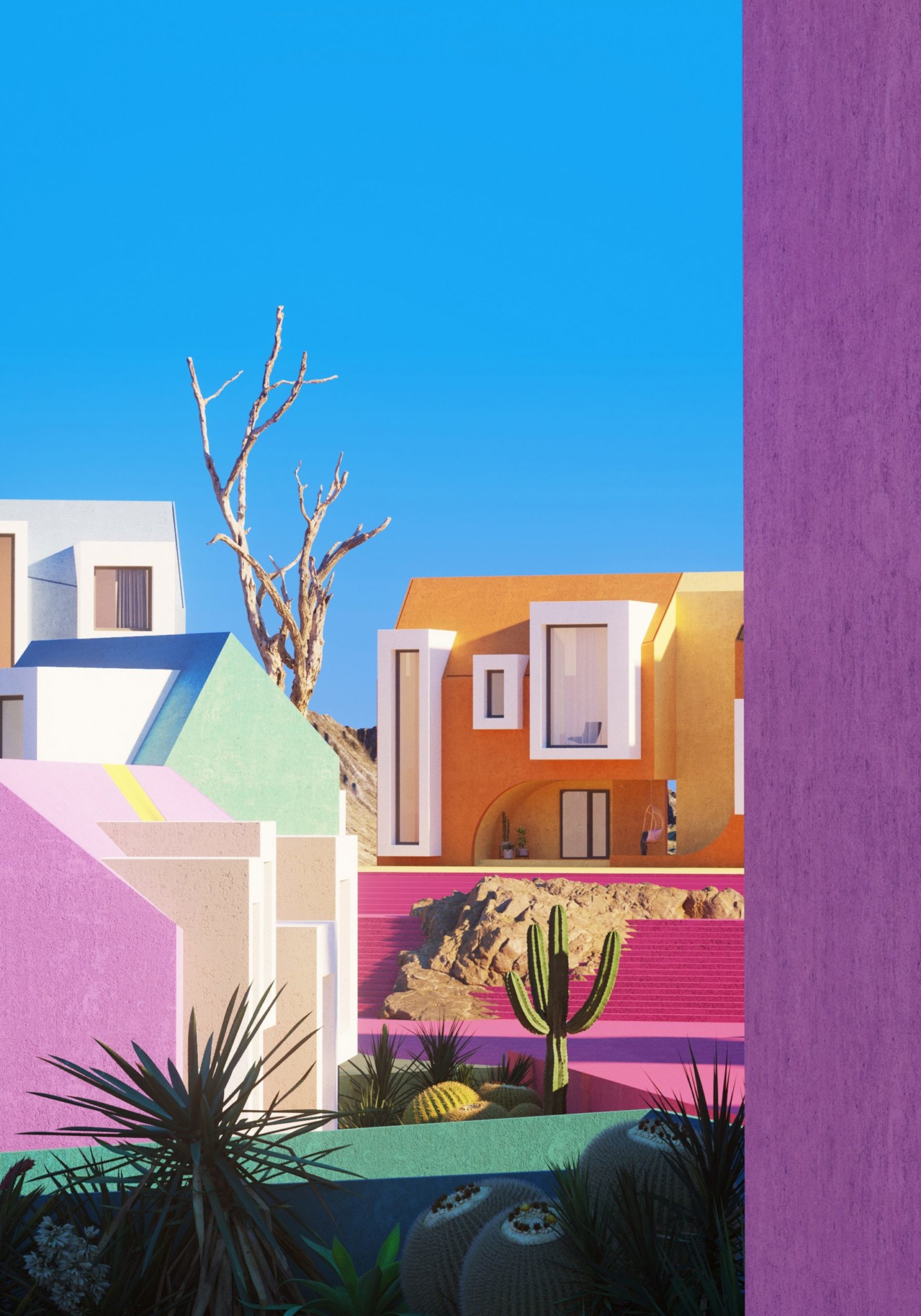
“Sonora Art Village is an explosion of our emotions, it’s what we lack in reality,” they said. “It’s a place free from prejudice. There’s no place for racism, sexism, humiliation. We tried to create a completely different atmosphere that would exude joy, love and happiness.”
The development came about after a friend from Mexico first tasked them to make a colourful house for a family named Sonora House, which featured a gabled roofline and white windows that pop out from the facade.
他們說:“索諾拉藝術村是我們情感的爆發,這是我們缺乏的現實。” “這是一個沒有偏見的地方。沒有種族主義,性別歧視和屈辱的地方。我們試圖營造一種完全不同的氛圍,散發出歡樂,愛與幸福。”
這項發展是在墨西哥的一位朋友首先責令他們為一家名為Sonora House的家庭建造一棟色彩繽紛的房子之後出現的,該房子的特點是山牆的屋頂和從立面上冒出的白色窗戶。
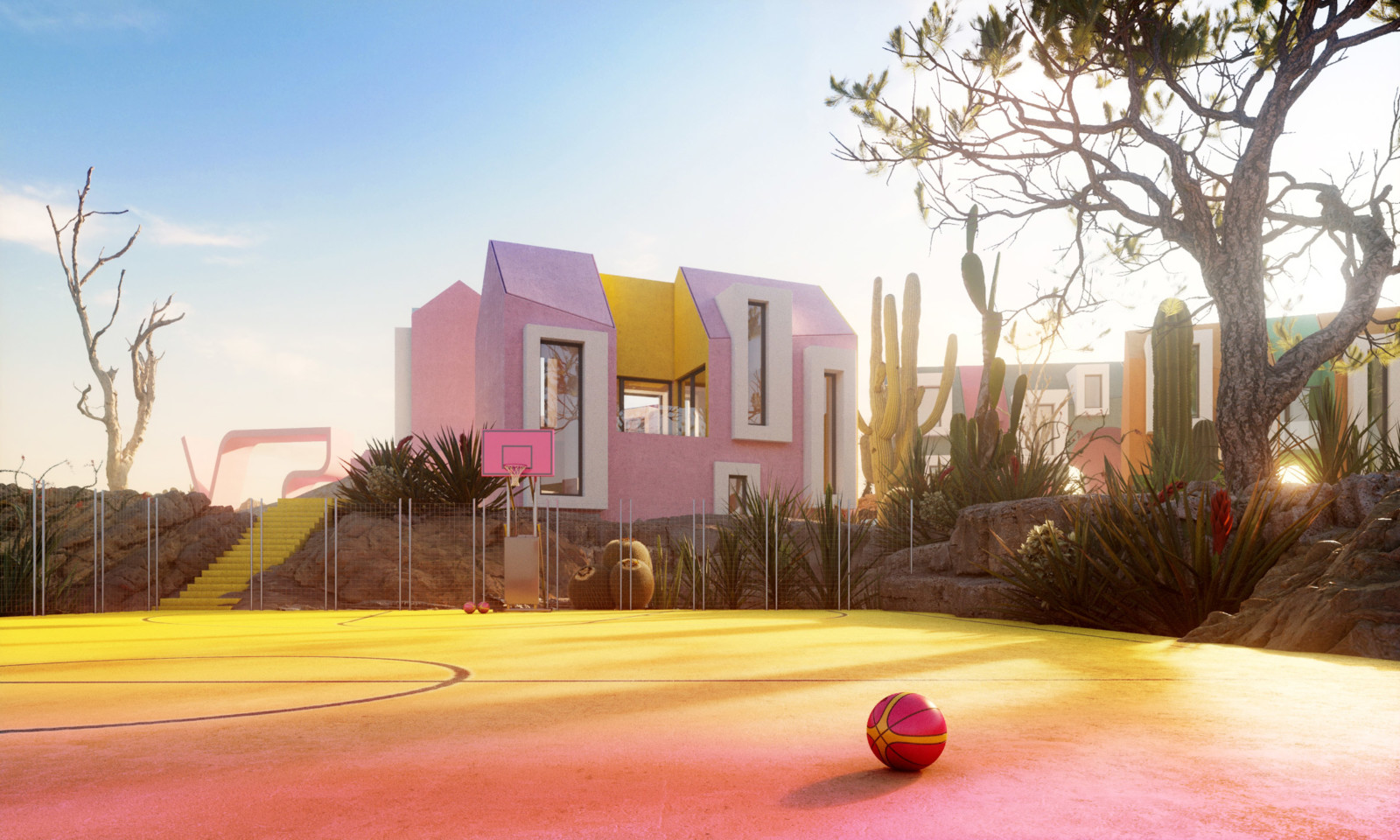
“Thanks to the way our house was warmly welcomed, we thought that maybe we should continue this idea, and came up with a whole village of similar houses, where people can relax,” they said. “Our goal was to do something as simple as last time but unusual.”
“This is just a concept, non-commercial, just a piece of art,” they added. “But we would be happy if one day our project became a reality to let people dive into a completely different atmosphere.”
他們說:“由於我們的房屋受到熱烈歡迎,我們認為也許我們應該繼續這個想法,並提出了一個類似房屋的整個村莊,人們可以在那裡放鬆。” “我們的目標是做與上次一樣簡單但不尋常的事情。”
他們補充說:“這只是一個概念,非商業性的,只是一件藝術品。” “但是,如果有一天我們的項目成為現實,讓人們陷入完全不同的氛圍,我們將感到高興。”
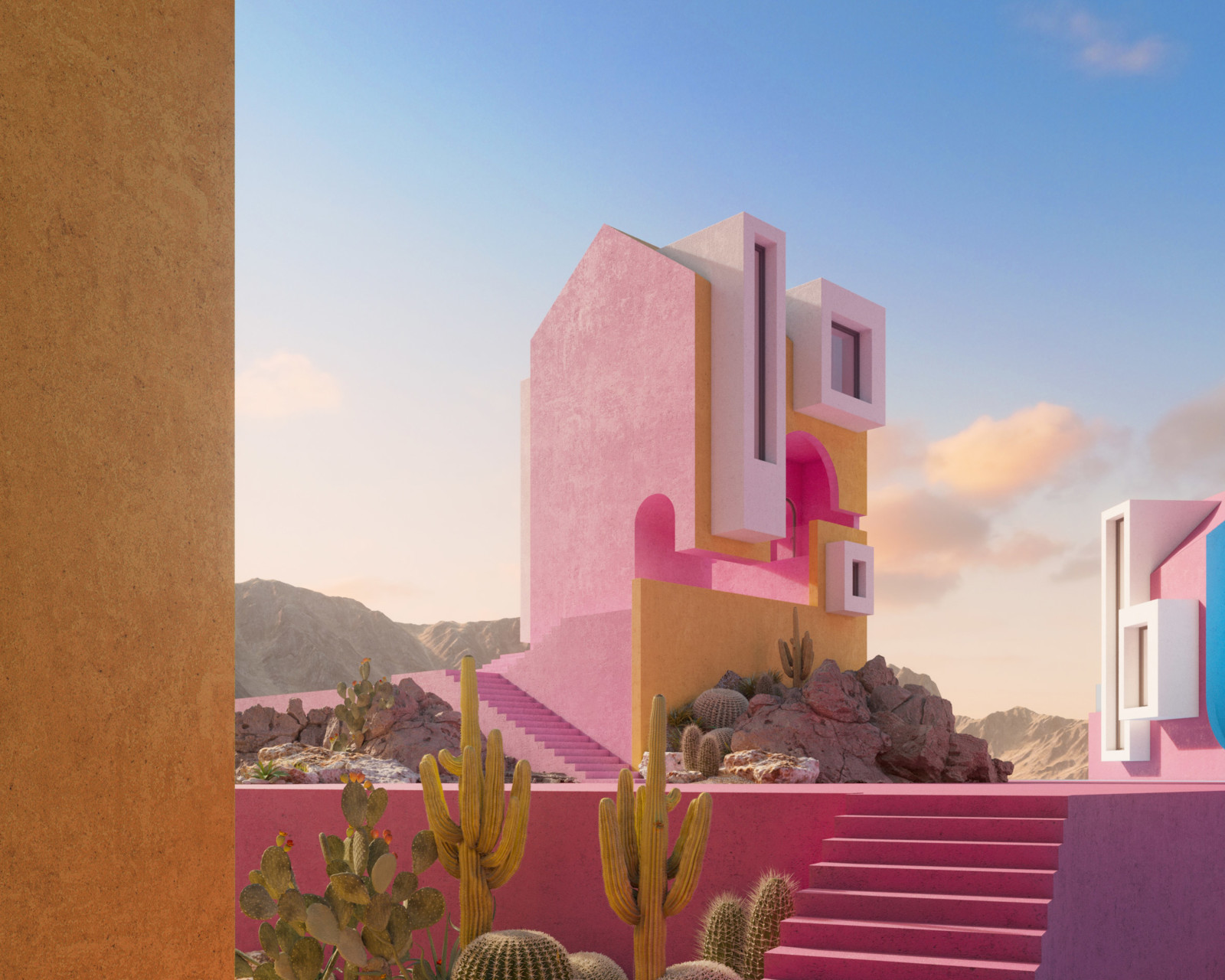
The Jilavyans are among a wave of visual artists that have created utopian landscapes, buildings and interiors for armchair escapists during the coronavirus pandemic.
Others include interior designer and creative director Charlotte Taylor, who collaborates with a roster of 3D artists to realise imaginary spaces. She told Dezeen that these type of projects “feed into people’s imaginations and appetite for a change of scenery, be it completely impossible or not”.
Jilavyans是一堆視覺藝術家的浪潮,他們在冠狀病毒大流行期間為扶手椅逃避現實的人創造了烏托邦式的風景,建築物和室內裝飾。
其他包括室內設計師和創意總監夏洛特·泰勒(Charlotte Taylor),他與3D藝術家花名冊合作以實現虛構的空間。 她告訴Dezeen,這類項目“充斥著人們的想像力,並渴望改變風景,無論是否完全不可能”。
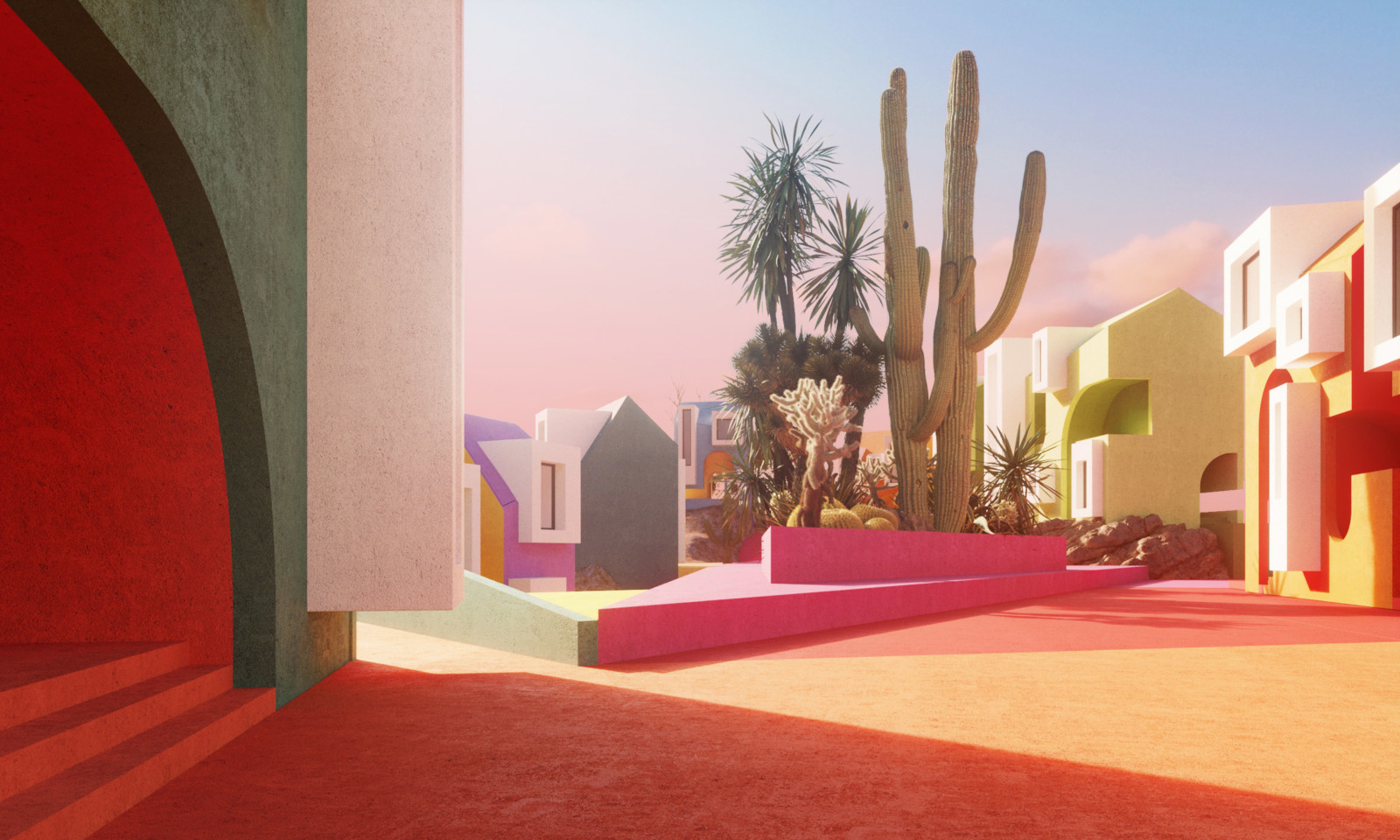
A number of similar creative projects have been borne out of the coronavirus lockdown like Invisible Cities by artists Camille Benoit and Mariana Gella, which are architectural models of fantastical cities made from paper and tools they had at home.
New York designer Eny Lee Parker also developed an Instagram competition tasking people to model tiny clay versions of their ideal homes. Parker kicked off the Clay Play contest with her polymer clay creation and then called for others to make their “ideal room”.
許多類似的創意項目已經從冠狀病毒的封鎖中獲得了證明,例如藝術家Camille Benoit和Mariana Gella的“看不見的城市”,這是用他們在家中的紙張和工具製成的夢幻城市的建築模型。
紐約設計師艾尼·李·帕克(Eny Lee Parker)還發起了一個Instagram競賽,要求人們為理想住宅的微型粘土模型建模。 派克以她的聚合物黏土創作開始了“黏土戲劇”競賽,然後呼籲其他人創造“理想的房間”。
FROM:https://www.dezeen.com/2020/08/10/sonora-art-village-davit-jilavyan-mary-jilavyan/

